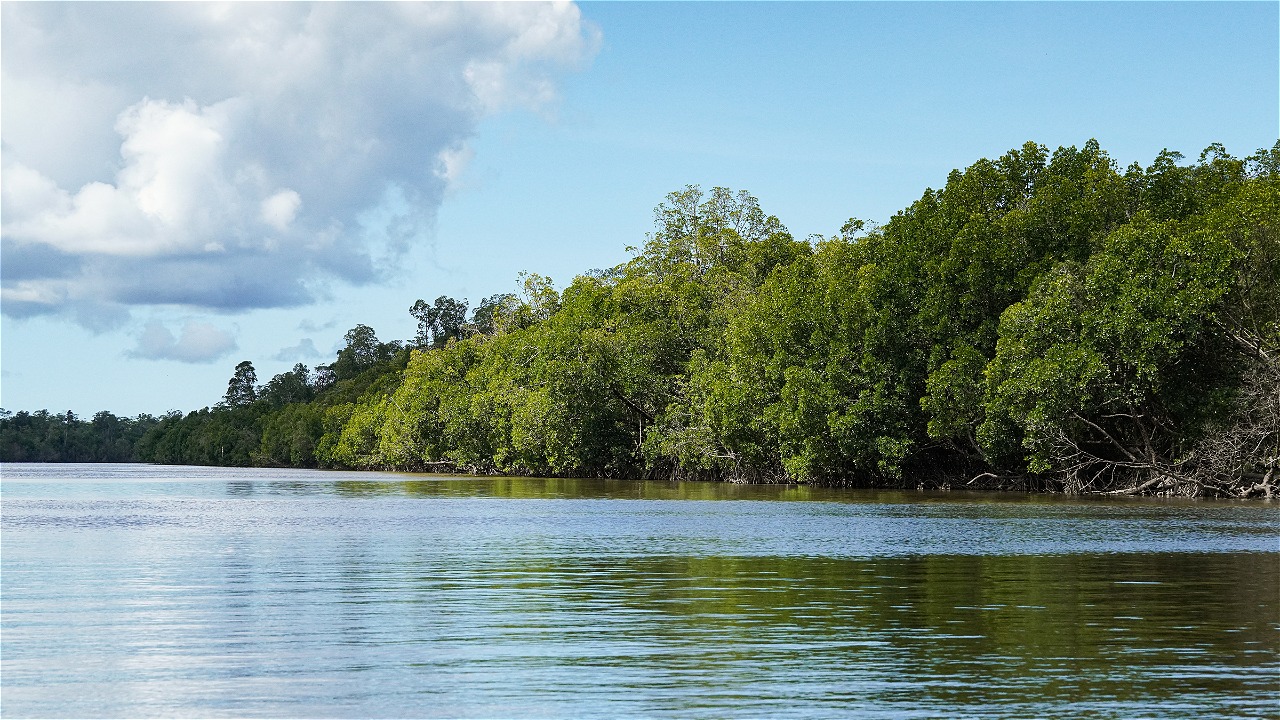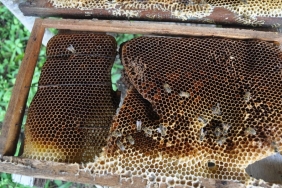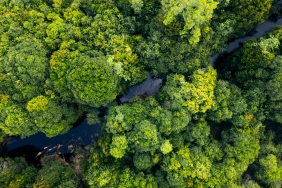MANGROVES, NOT JUST A GUARD AGAINST ABRASION
By: Natalia Trita Agnika
The existence of mangrove forests on the coast provides tremendous benefits. Mangroves that grow in rows become a 'fortress' to prevent abrasion or erosion of the beach by sea waves. Abrasion is quite a frightening specter for some coastal residents. Based on data observed by WWF-Indonesia in 2009, at least 193 km of the north coast of West Kalimantan has been threatened by abrasion. At the end of every year, residents of Sungai Duri Village, Sungai Raya Subdistrict, Bengkayang Regency, often have to evacuate due to the tide that inundates their houses. A number of residents even lost their homes because their residential land was eroded by sea waves.
However, mangroves are not just guardians of the coastline from sea water abrasion. There are so many more important roles that every year on July 26 the world community commemorates World Mangrove Day (World Mangrove Day). What are the benefits and potential of this vegetation that connects the terrestrial and marine ecosystems?
Mangrove forests are stands that are capable of storing high quantities of carbon, even higher than forests on land. One hectare of mangrove forest can store 1.5 metric tons of carbon per year. Mud substrates in mangrove ecosystems can store 20-25% of carbon (source: mangroveactionproject.org). That is why these ecosystems have high productivity and biodiversity. The ability of mangrove forests to absorb carbon dioxide is very useful in efforts to reduce global warming.
Mangrove ecosystems are also home, feeding, and spawning grounds for many species. Lizards, turtles, snakes, monkeys and birds call mangrove forests home. The same is true for several species of fish, shrimp and crabs. A healthy mangrove forest is key to a healthy marine ecology. Mangrove twigs and branches that fall and decompose will produce nutrients for the marine environment.
Unfortunately, mangrove forests are facing various problems that are reducing their area. The development of tourism, conversion of mangrove forests into freshwater fisheries, pollution from cities, illegal logging, and the pace of development are some of the things that threaten the existence of mangrove forests.
WWF-Indonesia initiated a mangrove tree planting program as part of the NEWtrees program. This program is oriented towards improving the function of priority ecosystems at the landscape level. The NEWtrees program also supports and contributes to realizing the government's commitment to reduce greenhouse gas emissions by 26% by 2020 through tree planting propagation and reforestation.
Concern for mangrove sustainability has also emerged from individuals and communities. Take Kadek Surasmini, a Balinese woman who lives near a mangrove forest. She took a real action by inviting Pokhlasar (Processing and Marketing Group) Wanalestari, which consists of fishermen's wives, to carry out conservation without exploitation that makes them prosperous. Mangrove fruit that has fallen from the tree is processed into various products. By processing the existing fruit and getting economic benefits, the surrounding community, especially Pokhlasar members, are increasingly enthusiastic about protecting mangrove forests, replanting, and diligently protecting the environment so that there is no more neglected environment.< br />
Various communities also work together to carry out movements to restore mangrove areas as has been done by the Earth Hour community in several regions. Individuals as part of the community can also reforest mangrove forests in Indonesia by donating through www.mybabytree.org. This mangrove planting program provides a new discourse for the community to help the reforestation process to protect national parks or protected forests and monitor mangrove growth through Geotags (labeling trees with latitude and longitude/exact location coordinates).





